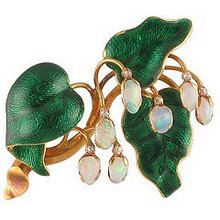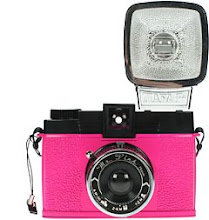
Now that we've broken on through to the other side of Labor Day, returned from oh-the-places-you'll-go travels and taken on some new, exciting ventures, it's time to burrow deep into work and resume the pace of everyday life. And my bloggies need some attention, too. They've been abandoned for a solid two weeks or more.
The lovely chair (above) is probably familiar to those who visit this blog. It graces the cover of Florence de Dampierre's richly photographed and well-written homage to the chair, Chairs: A History. Many of you probably have this book in your library.
And now...pop quiz! Without peeking, do you know which chair appears on the BACK cover?
(Jeopardy music.)
I'll tell you. It's the perfect juxtaposition: the Diamond Chair (Harry Bertoia, of course) designed for Knoll.
So, what to put with the parcel-gilt armchair?? Hmm. How about this...a Louis XIV medal cabinet. Oak veneered with tortoiseshell, brass, and ebony; gilt-bronze mounts; sarrancolin des Pyrenées marble top. Circa 1700, attributed to André-Charles Boulle (photo courtesy of The Getty Center Los Angeles).

When I was growing up, we had Boulle furniture in our living room. I was very fond of two pieces, a tall single-door marble-top cabinet and an exquisite commode. (The design of the table was quite delicate, very unlike the grand, almost overwhelming piece I've shown here.) I loved to study the intricate brass & tortoiseshell marquetry and run my hands over the varied textures of wood, shell and metal; I spent hours at this - the patterns are all but imprinted on my brain. And the gorgeous, elaborate ormolu mounts? To die. My father purchased these beautiful pieces at the Butterfield & Butterfield auction house in San Francisco, probably in the late 50s or early 60s.
Here's another example:

For those new to Boulle as well as aficionados, here's a bit of background:
André Charles Boulle, a French cabinetmaker, the master of a distinctive style of furniture, much imitated, for which his name has become a synonym for the practice of veneering furniture with marquetry of tortoiseshell, pewter, and inlaid with arabesques of gilded brass - and often utilized ormolu mounts. (Ormolu is an imitation of gold used to ornament furniture and moldings.)
Although he did not invent the technique, Boulle was its greatest practitioner and lent his name to its common name: boulle work.
André was awarded the title of master cabinetmaker before 1666. In 1672 he was admitted to a group of skilled artists maintained by Louis XIV in the Louvre palace, and thereafter he devoted himself to creating costly furniture and objects of art for the king and court. That same year he also received a warrant signed by the Queen, giving him the added title of 'bronzier' as well as 'ebeniste'. (Interesting, no?)
Boulle's pieces, having in general the character of Louis XIV, specialized in the inlaying of ebony with precious woods and mother-of-pearl. Large areas were covered with tortoiseshell, inlaid with arabesques of gilded brass. He was born in 1642 and died in 1732.
Today, Boulle is manufactured from PVC and copper instead of tortoiseshell as follows: Two plates of Copper and PVC which is colored in drawings of red and black are hand cut simultaneously in the specific Boulle shapes, and are then intermingled and inlaid complementary to each other (like a puzzle) in two items i.e. PVC inside copper in item one and copper inside PVC in item two. The surrounding frames are either black or mahogany.
And here we have some simple illustrations that represent this particular 'Louis' period - the XVth, to be clear. I found these sketches at an online tutorial. If you want the link, just let me know - I've yet to figure out how to embed links in text (my tech weaknesses are an embarrassment to me.)

Chair and cabinet could co-exist in a room of their own - though they'd be right at home here in this Met period room. (Quiz query #2: What is the period represented in this period room?)

Ah. It's good to be back.


 :whitney museum of art
:whitney museum of art

























